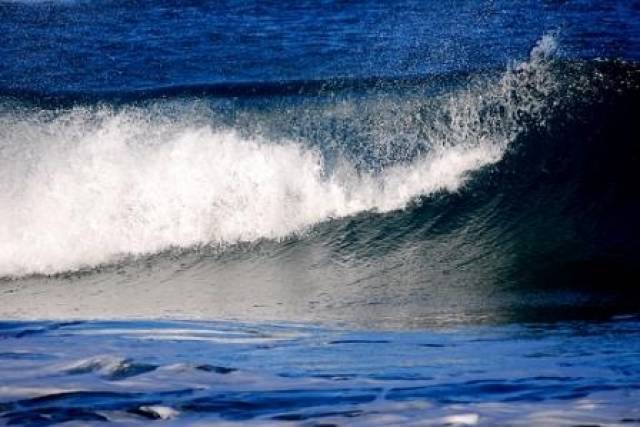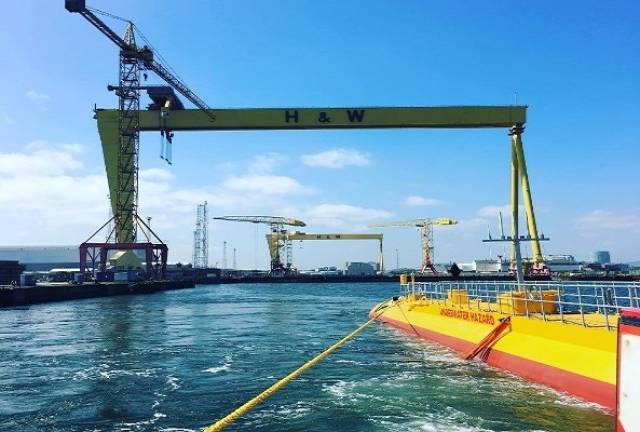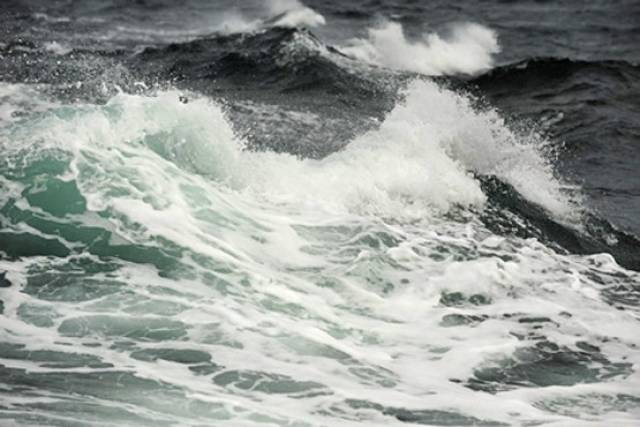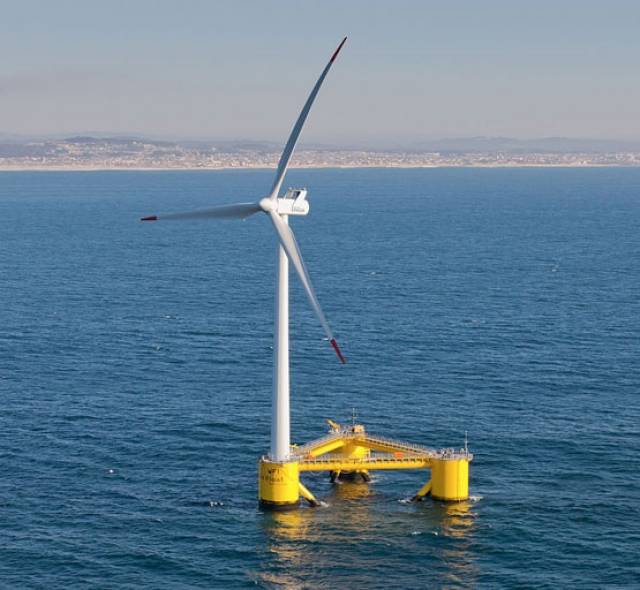There are a number of companies aiming to develop offshore wind energy off the Irish coast and some of the larger ones would be ESB, SSE Renewables, Energia, Statkraft and RWE. Is there scope for community involvement in offshore wind? The IWEA says that from the early stages of a project, the wind farm developer "should be engaging with the local community to inform them about the project, answer their questions and listen to their concerns". It says this provides the community with "the opportunity to work with the developer to help shape the final layout and design of the project". Listening to fishing industry concerns, and how fishermen may be affected by survey works, construction and eventual operation of a project is "of particular concern to developers", the IWEA says. It says there will also be a community benefit fund put in place for each project. It says the final details of this will be addressed in the design of the RESS (see below) for offshore wind but it has the potential to be "tens of millions of euro over the 15 years of the RESS contract". The Government is also considering the possibility that communities will be enabled to invest in offshore wind farms though there is "no clarity yet on how this would work", the IWEA says.







































































